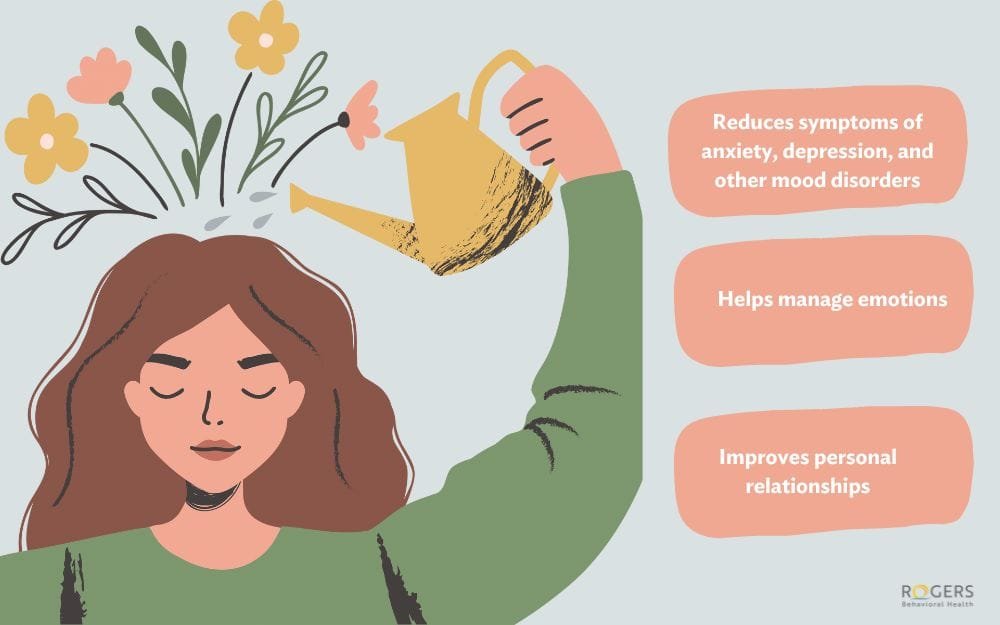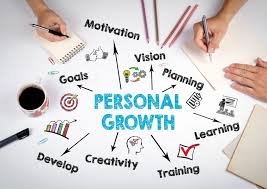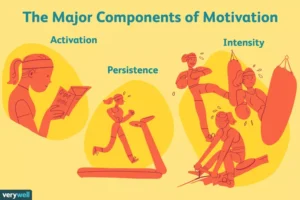Introduction
In the modern world, where distractions are constant and stress is a part of daily life, mindfulness has emerged as a powerful tool for peace and clarity. It is more than just a relaxation technique — it is a way of living that encourages full awareness of the present moment. Mindfulness helps people reconnect with themselves and experience life more deeply, without being overwhelmed by thoughts of the past or worries about the future.
What is Mindfulness?
Mindfulness is the practice of being consciously aware of your thoughts, emotions, and surroundings in the present moment — without judgment. It is about observing rather than reacting.
Simple Definition:
“Mindfulness means paying attention, on purpose, in the present moment, and without judgment.” — Jon Kabat-Zinn
This ancient practice, rooted in Buddhist meditation, has now become a cornerstone of modern psychology, healthcare, and education. Today, mindfulness is used to reduce stress, improve focus, and promote overall mental well-being.
The Essence of Mindfulness
At its core, mindfulness is about living intentionally rather than automatically. Many people spend their lives in “autopilot mode,” reacting to situations without truly experiencing them. Mindfulness teaches you to pause, breathe, and become aware of what is happening right now.
Core Elements of Mindfulness:
- Awareness: Noticing your thoughts and feelings without being controlled by them.
- Non-judgment: Accepting experiences without labeling them as good or bad.
- Presence: Focusing on what is happening now rather than what has passed or what might come.
- Acceptance: Letting go of resistance and allowing life to unfold naturally.
Benefits of Practicing Mindfulness
Mindfulness has been scientifically proven to enhance both mental and physical health. Regular practice can transform the way we think, feel, and respond to challenges.
1. Reduces Stress and Anxiety
Mindfulness activates the relaxation response in the brain, helping to lower cortisol (the stress hormone). When practiced regularly, it helps people manage anxiety and respond calmly under pressure.
2. Improves Focus and Concentration
By training the mind to stay in the present, mindfulness sharpens attention and cognitive performance. It helps students and professionals alike become more productive and less distracted.
3. Enhances Emotional Regulation
Instead of reacting impulsively, mindfulness teaches emotional awareness. You begin to understand your feelings before acting on them, leading to healthier relationships and better decision-making.
4. Promotes Better Sleep
Practicing mindfulness before bed calms the mind and body, reducing insomnia and improving sleep quality.
5. Increases Self-Awareness
Through mindfulness, you become more aware of your thoughts and behaviors. This awareness helps you make conscious choices and break negative habits.
6. Boosts Physical Health
Mindfulness has been linked to lower blood pressure, improved immunity, and reduced symptoms of chronic pain and fatigue.
Mindfulness in Daily Life
Mindfulness doesn’t always require long meditation sessions. It can be integrated into daily activities like eating, walking, or working.
1. Mindful Breathing
Take a few minutes each day to focus on your breath.
- Sit comfortably.
- Breathe in deeply through your nose.
- Notice the air filling your lungs.
- Exhale slowly and release tension.
This simple exercise anchors you in the present moment.
2. Mindful Eating
Instead of eating in a hurry or while scrolling on your phone, focus on your meal:
- Observe the colors, texture, and aroma of your food.
- Chew slowly and savor each bite.
- Be thankful for your meal.
3. Mindful Walking
During a walk, pay attention to the rhythm of your steps, the feeling of the ground under your feet, and the sounds around you. It turns a simple activity into a form of meditation.
4. Mindful Listening
When someone is speaking, listen with full attention — without planning your response or interrupting. This improves understanding and empathy.
5. Mindful Technology Use
Limit unnecessary screen time. Before checking your phone or social media, pause and ask: “Is this necessary right now?”
How to Practice Mindfulness Meditation
Mindfulness meditation is one of the most effective ways to cultivate awareness and inner calm.
Steps:
- Find a quiet place: Sit comfortably with your back straight.
- Focus on your breath: Feel the air entering and leaving your nostrils.
- Notice your thoughts: Don’t fight or judge them; simply acknowledge and let them pass.
- Bring attention back: Each time your mind wanders, gently bring it back to the present.
- Practice daily: Even 10 minutes a day can make a big difference.
Over time, mindfulness meditation helps develop patience, clarity, and emotional balance.
Challenges in Practicing Mindfulness
Many beginners struggle with mindfulness at first. The mind naturally wanders, and it can be hard to stay focused.
Common Challenges:
- Restlessness: Feeling bored or impatient while meditating.
- Overthinking: Trying too hard to “clear the mind.”
- Inconsistency: Skipping daily practice due to a busy schedule.
- Self-judgment: Feeling frustrated when concentration breaks.
How to Overcome Them:
- Start small — just a few minutes daily.
- Be patient and compassionate with yourself.
- Remember, mindfulness is not about perfection; it’s about awareness.
Mindfulness in Modern Life
In recent years, mindfulness has gained popularity across the globe. Many workplaces, schools, and healthcare systems now include mindfulness programs to support mental health and productivity.
Examples:
- Education: Teachers use mindfulness exercises to help students focus and manage exam stress.
- Workplaces: Companies encourage short meditation breaks to reduce burnout.
- Healthcare: Therapists use mindfulness-based cognitive therapy (MBCT) to treat depression and anxiety.
These applications show that mindfulness is not just a spiritual practice — it’s a scientific and practical tool for modern living.
Mindfulness and Self-Compassion
Mindfulness is closely connected to self-compassion — treating yourself with the same kindness you’d offer a friend. When you become aware of your struggles without harsh judgment, healing becomes easier. Self-compassion nurtures emotional strength and helps you grow through challenges.
Conclusion
Mindfulness is a journey — not a destination. It invites us to slow down, observe, and truly live each moment as it comes. By practicing mindfulness, we learn to accept ourselves, reduce unnecessary suffering, and connect deeply with the present.








